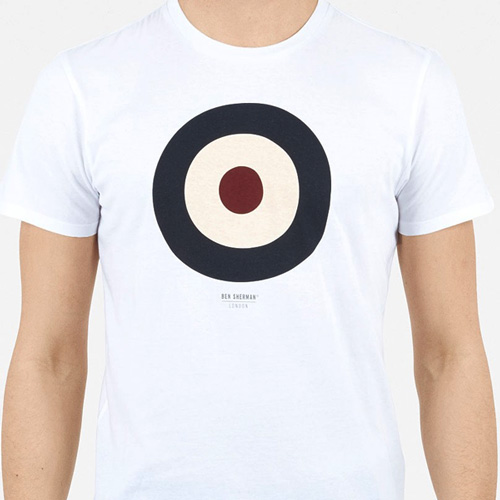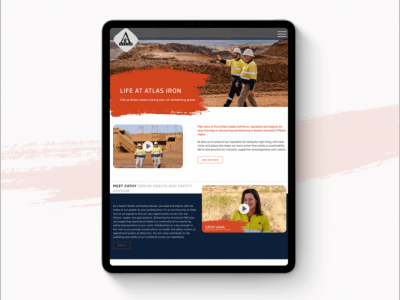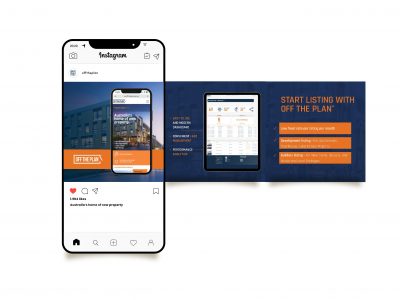Branding: What happened to my logo?

Branded Products
We’re all familiar with branded products, such as embroidered messages carefully positioned on items of clothing. It’s perhaps a damning indictment of the banality of modern life that seeing a cool design on the sleeve of our t-shirt can make people feel a little more special, a little more individual. There’s no logo fetish here, no mindless worship of a specific name it’s more akin to the feeling of belonging, becoming part of an ‘inner’ club.
Brand Attitude
It’s not only physical products that can feature this kind of detailed branding. Any kind of content put forward by a company should contain branding beyond that of a logo. The language used by a corporation for example. Whilst Nike do well to make their language youthful and full of force, Rolls Royce are going to be going for a whole different angle altogether. This is brand attitude and it’s imperative that companies understand the demographics they are most appealing to and that they then craft a branding approach which is in sync with their target market.
Cultural Values and Sloganeering
Brand attitude has developed over the years. During the 1980’s a new phenomenon within marketing began, one which is still prevalent today. The idea that in order to further customer outreach branding must include ephemeral values as part of the messaging. Multiple brands now merge their products with cultural values in order to present a more approachable face to customers. The current favourite has to be environmentalism with many companies going to great lengths to package their services or products as being ‘green’. They assure customers that a purchase made with them is a responsible purchase, they offer them a way to feel good about choosing their particular brand. This kind of ‘feel good stacking’ is everywhere today and certainly not limited to being environmentally friendly.
Looking around the modern commercial world we see the big four Australian banks utilising the value of community as much they do banking. We see Nike appropriating concepts of youth, energy and sporting performance. Virgin are proud to accentuate the cheeky and challenger aspects of their brand. The kind of sloganeering mindset encapsulated by McDonald’s ‘I’m loving it’ has been very successful, but are people becoming wearied by this? What other approaches are there?
The No Branding Approach
In a bid to stand out from the branding crowd some companies have decided that the best way to have a unique brand is to simply have no branding at all. However, is this deceiving? What is actually being communicated to customers is that the company is honest, simple and worthy of your trust. No branding can turn out to be great branding after all!
The best example of this being successful is Craigslist, the American online classifieds website, it is a fantastic example of a large multimillion dollar online business that has eschewed revenue generation in favour of keeping a clean no branding approach. It has definitely worked. Craigslist isn’t even seen by customers as being a commercial enterprise, it’s become a sort of institution of the internet. As readily accepted by the public as the sun rising every morning. It’s ingenious, how many millions would large corporations throw at branding to attain that kind of perception from people? Yet Craigslist have attained this elite level branding by foregoing branding altogether.
As we can see, when it comes to intelligent branding the logo and even the graphic design around your brand can only take you so far. In today’s competitive marketplace it is ever more important to partner with the right branding agency to create a brand that is more than just a logo.
Related Articles
-
3 Reasons Why You Need a New Website
A professional looking, lead generating website is the first step for any Digital Strategy. There are many good reasons for needing a new website, but below are the TOP 3 reasons ...
More -
How Important Is Your Brand to Your Future Marketing?
Brand dwells in the minds of consumers for a long time, and therefore branding is essential to your future marketing. Opportunities grow with the right branding, whereas reputation and value ...
More -
Building Your Digital Brand Experience Online & Beyond
By going digital, you are expanding your marketing campaign online. You start designing a website as a digital representation of your brand, but how do you make it impactful? This ...
More -
Why Website Design Is One Of The Most Important Aspects Of Corporate Brand Rollout?
A brand rollout is a brand new start which has a roll on effect on all your marketing and promotional collateral – including online touch points like your website design.What ...
More




